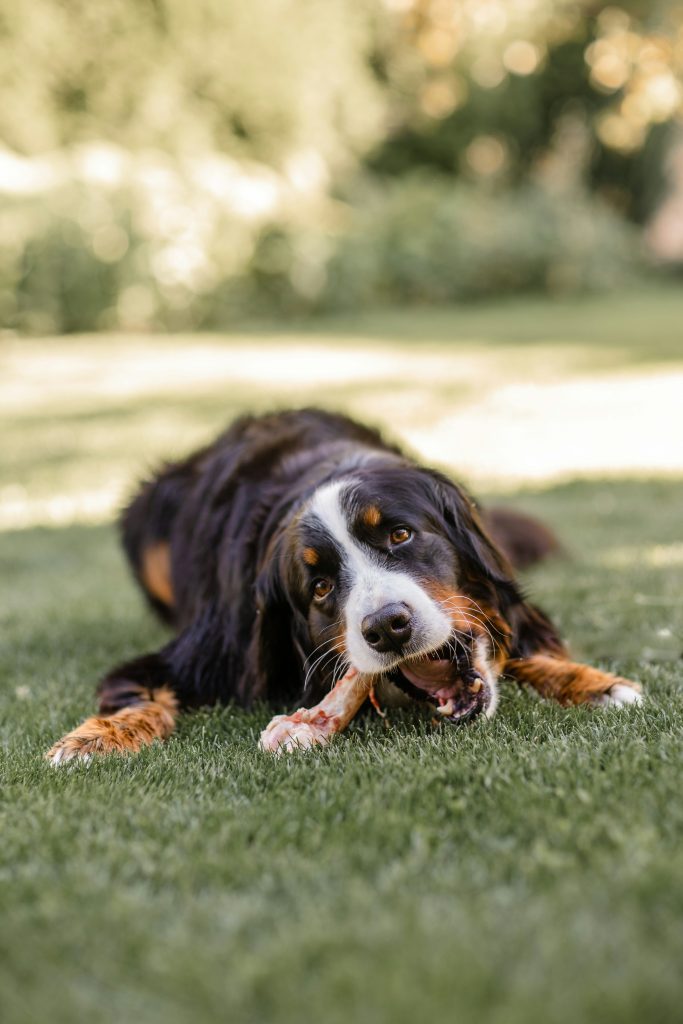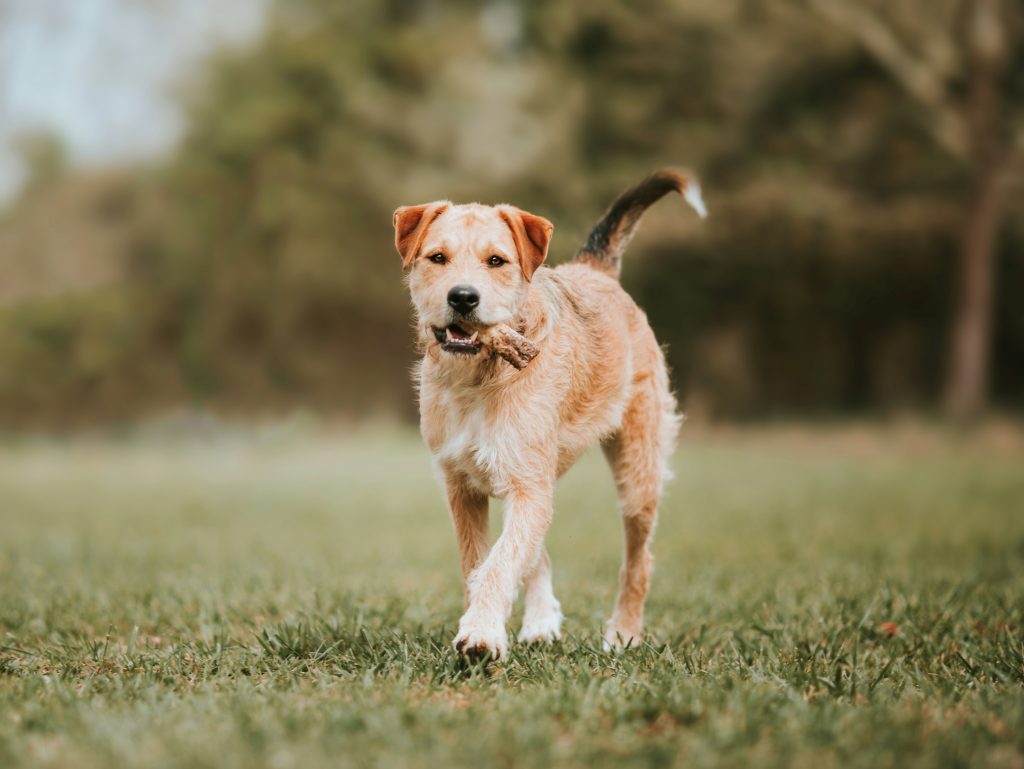Bone Safety by Dog Size and Breed
One Size Doesn’t Fit All
Choosing the right bone or chew for your dog isn’t just about what’s popular—it’s about what fits your individual dog’s size, breed, and personality. A bone that’s perfect for a Golden Retriever could be dangerous for a Chihuahua. Similarly, a power chewer like a Pit Bull needs different materials than a dainty Yorkie.
In this blog, we break down how to match bones and chew options to different dog sizes, breeds, and chewing styles to keep your pup safe and satisfied.
Why Size and Breed Matter
Your dog’s mouth size, bite strength, and jaw structure directly impact:
-
What bones they can handle safely
-
Whether they’ll chew gently or aggressively
-
How likely they are to swallow pieces whole
Giving the wrong kind of bone to the wrong dog can lead to:
-
Choking
-
Tooth fractures
-
Gastrointestinal blockages
Choosing the right fit from the start can prevent accidents and costly vet bills.
Small Breeds (Under 20 lbs)
🦴 Examples: Chihuahua, Shih Tzu, Toy Poodle, Pomeranian
Risks:
-
Small jaws may struggle with large or overly hard bones
-
High risk of choking if they try to swallow pieces whole
-
Fragile teeth more prone to cracking
Best Options:
-
Small, soft chews like bully sticks or dental chews
-
Puppy-specific or toy-sized rubber toys (like Mini KONGs)
-
Thin raw bones like chicken necks (under vet guidance)
Avoid:
-
Weight-bearing bones from large animals
-
Large antlers or hooves
-
Bones wider than their jaw
Medium Breeds (20–50 lbs)
🦴 Examples: Cocker Spaniel, Border Collie, French Bulldog
Risks:
-
Can be enthusiastic chewers who bite off more than they can chew
-
Tend to ingest pieces if not supervised
Best Options:
-
Raw beef ribs or lamb bones sized appropriately
-
Moderate-density rubber toys
-
Dental chews and edible sticks (monitor for gulping)
Watch for:
-
Chewing that escalates quickly
-
Signs of guarding or trying to swallow chunks
Large Breeds (50–100+ lbs)
🦴 Examples: Golden Retriever, German Shepherd, Labrador Retriever, Boxer
Risks:
-
Strong jaws capable of splintering bones or cracking teeth
-
High risk of gulping down small bones or chews
-
Aggressive chewing can turn a safe toy into shrapnel
Best Options:
-
Large knuckle bones or marrow bones (under supervision)
-
Extra-durable rubber chews like KONG Extreme or Goughnuts
-
Frozen treat toys to slow down chewing
Avoid:
-
Small bones that can be swallowed whole
-
Cooked bones of any kind
-
Hard antlers (may still crack large dog teeth)
Brachycephalic Breeds (Flat-Faced)
🦴 Examples: Bulldogs, Pugs, Boston Terriers
Risks:
-
Flattened jaws reduce chewing efficiency
-
Prone to choking and breathing difficulties
-
Often overheat or chew with poor technique
Best Options:
-
Soft, easy-to-hold chews
-
Stuffed rubber toys that don’t require aggressive chewing
-
Dental chews sized appropriately
Avoid:
-
Anything requiring deep jaw work or intense effort
-
Hard bones or rawhide
Power Chewers
🦴 Examples: Pit Bull, Rottweiler, Staffordshire Terrier, Husky
Risks:
-
Can destroy most toys and bones in minutes
-
High risk of broken teeth or swallowed chunks
Best Options:
-
Heavy-duty rubber or nylon toys rated for extreme chewers
-
Raw femur or knuckle bones (only under supervision)
-
Supervised edible chews like thick bully sticks
Avoid:
-
Cooked bones, thin raw bones, or brittle chews
-
Unsupervised access to anything edible
Senior Dogs
🦴 Any breed with age-related changes
Risks:
-
Weak or missing teeth
-
Reduced jaw strength
-
Sensitive digestive systems
Best Options:
-
Soft chews, dehydrated treats, or dental sticks
-
Frozen yogurt or pumpkin in silicone molds
-
Light rubber toys for mental stimulation
Avoid:
-
Anything hard or crunchy
-
Bones with sharp edges or tough marrow
Chewing Style Tips
Dogs chew differently, even within the same breed. Pay attention to your dog’s individual habits:
🧠 The Nibbler: Gentle, controlled chewer—great for soft chews or dental sticks
🦷 The Cruncher: Medium chewer—likes texture but won’t break bones
💪 The Crusher: Heavy-duty chewer—needs super-tough toys and close supervision
Conclusion: Fit the Chew to the Dog
Not all bones—or dogs—are alike. Choosing bone alternatives or chews based on size, breed, and chewing style helps ensure safety, comfort, and satisfaction for your dog.
By tailoring chew time to your dog’s unique needs, you lower the risk of injury and make sure every gnaw is a good one.


